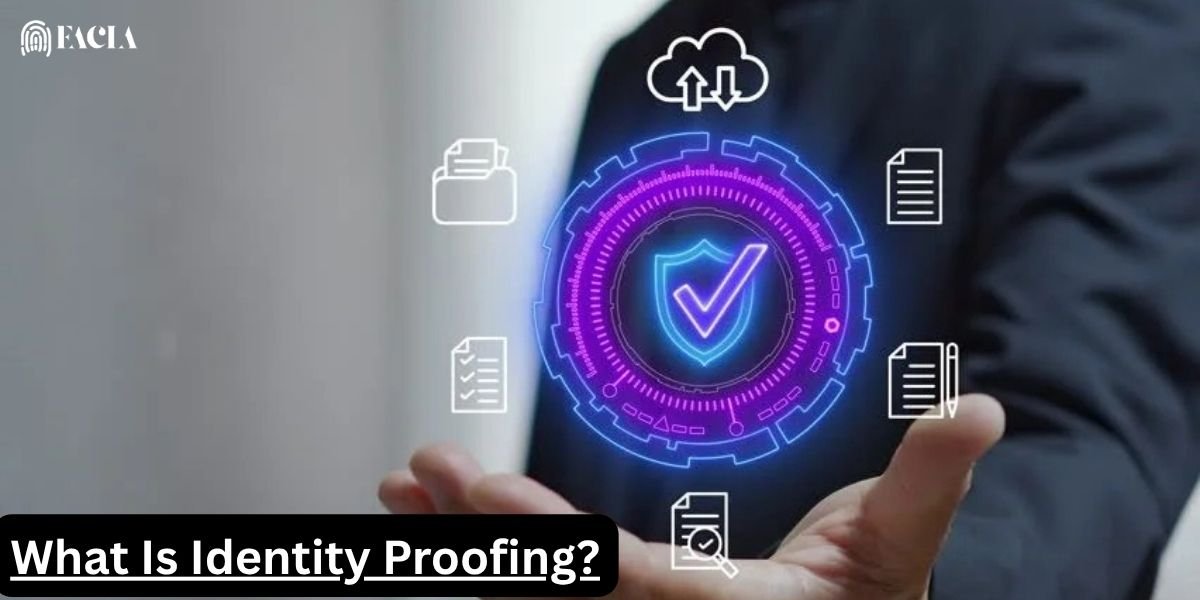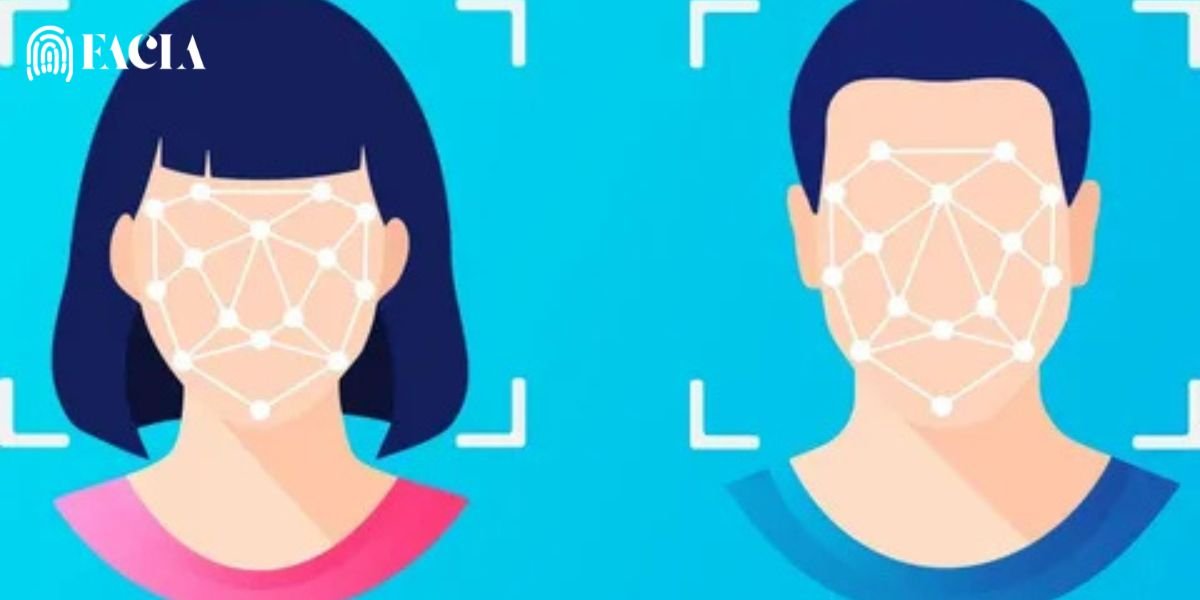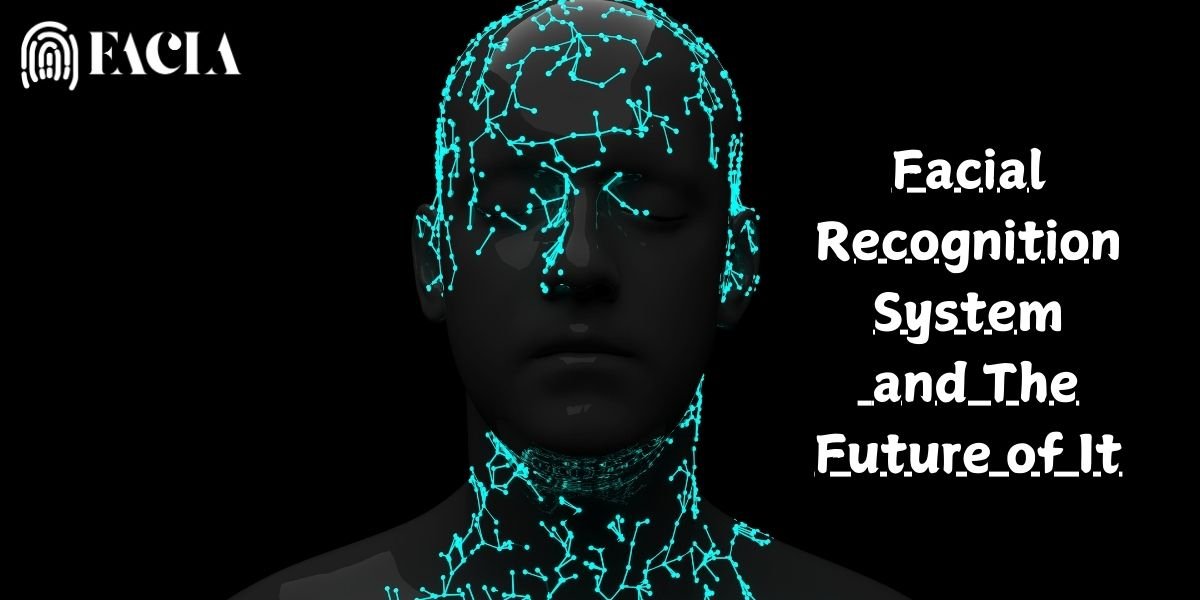Introduction to Advanced Palm Recognition Biometrics
Ever stop to think if you could just wave your hand over a scanner to prove who you are? No misled, no direct contact, and virtually no way for anyone to copy your unique “signature.” Could palm recognition be the real deal, a safer bet than fingerprints or those facial scans? And it makes you wonder, doesn’t it, why some of the big players – banks, hospitals, tech giants – are quietly swapping out their fingerprint systems for palm recognition biometrics?
These questions are becoming increasingly prevalent as we witness weaknesses in traditional biometrics such as fingerprinting and facial recognition. As it happens, fingerprints aren’t as foolproof as we thought – they can be lifted. And those facial scans? They can get tripped up by bad lighting or fooled by a clever photo or mask. Furthermore, it’s a fact that no one enjoys interacting with a shared scanner, particularly in today’s world. Businesses are actively seeking a solution that is not only faster, but also more secure and less intrusive. This is where palm recognition emerges, providing a touch-free, highly secure method to map the unique vein patterns beneath your skin.
According to a 2023 report from Grand View Research, the market for palm vein biometrics is set to balloon, growing by about 13.6% each year until 2030. Unbelievably, more than 40% of hospitals in the United States have already adopted the palm scanning trend.
In this article, we’ll trace how palm vein recognition grew out of those older fingerprint systems. We will explore the reasons behind its increasing popularity in various settings such as banks, hospitals, airports, and even high-end smart offices. We’ll break down the fine points of this technology, see how it measures up against other biometric methods. Additionally, look at its real-world uses, and show you why many are betting on palm recognition as the future of robust verification and access control.
What Is a Palm Vein Scan?
Think of a palm vein scan as a super-secure way to ID you using the unique roadmap of veins just under the skin of your palm. Unlike fingerprints or your mug, these vein patterns are internal and invisible to the naked eye, making them a real headache to try and copy or fake. You simply place your hand over the scanner, eliminating any need for physical contact. This makes it a winner when it comes to avoiding wear and tear and keeping things hygienic. This is a big plus compared to those touchy systems.
Since Fujitsu first rolled it out commercially, this tech has popped up in high-security access, banking, and healthcare. Palm vein scans are considered one of the most dependable ways to verify who you are because your vein patterns stay the same throughout your life and aren’t affected by minor scrapes or bumps.
How does palm vein recognition work?
The tech behind palm vein recognition shines a near-infrared light onto your palm. Now, the deoxygenated hemoglobin in your blood vessels soaks up this light. This absorption enables the system to generate a precise map of the unique vein network in your palm. The system clearly displays the veins within your palm, displaying a high contrast. A sensor grabs this image, and then some clever algorithms compare it to a stored image or securely store it for later. Your skin conceals this vein pattern, making surface-level tricks like fake fingerprints or photos ineffective. This is why palm vein recognition is considered more secure and private than traditional biometrics, often achieving accuracy rates exceeding 99.9%.
Discover More:
| Iris Recognition Technology in Our Identity World | Facial Recognition Systems: Applications, Benefits, and Challenges |
Palm Recognition vs. Other Biometrics
While we’ve all seen fingerprints and facial recognition in action, they do have their downsides. Especially, when it comes to cleanliness, fending off fakes, and just plain working well in everyday situations. Palm recognition steps in as a modern, touch-free alternative. It focuses on looking at those internal vein layouts that are almost impossible to copy or mess with. Let’s see how it measures up against some other common biometric approaches:
Palm Recognition vs. Fingerprinting
| Feature | Palm Recognition | Fingerprinting |
| Contactless | Yes | No |
| Spoof Resistance | Very High (veins are internal) | Low (prints can be lifted) |
| Hygiene | Excellent | Poor (requires touch) |
| Affected by Surface Damage | No | Yes (cuts, dirt can reduce accuracy) |
| Accuracy | 99.9%+ | High, but varies with surface conditions |
Palm Recognition vs. Facial Recognition
| Feature | Palm Recognition | Facial Recognition |
| Affected by Lighting | No | Yes (low or harsh light impacts accuracy) |
| Mask-Friendly | Yes | No |
| Spoof Resistance | Very High | Medium (photos/deepfakes possible) |
| User Comfort | High | High, but privacy concerns persist |
| Privacy | Strong (internal features) | Weak (external features visible) |
Palm Recognition vs. Iris Scanning
| Feature | Palm Recognition | Iris Scanning |
| Intrusiveness | Low (quick hand hover) | High (requires eye-level close-up) |
| Speed | Fast | Moderate to slow |
| User Experience | Smooth and non-invasive | Can feel uncomfortable |
| Accuracy | 99.9%+ | 99.9%+ |
| Use in Motion | Yes | Limited |
Key Advantages of Palm Recognition Systems
Enhance Security
Palm recognition improves security significantly by using the internal vein patterns. Unlike fingerprints or face scans, these patterns are hidden and need blood flow to work, making it a real headache for anyone trying to pull a fast one.
Better Privacy
Because palm vein scans reveal internal information, they prevent data theft or misuse without your active participation. This lines up nicely with privacy rules like GDPR and makes people feel better about using secure systems.
Accuracy & Reliability
Palm vein tech has some of the lowest rates for mistakenly accepting or rejecting someone. For example, Fujitsu’s system boasts a crazy low false acceptance rate of just 0.00008%, meaning it’s incredibly reliable when it comes to identifying who’s who.
Improves User Experience
No more pressure on your brain to remember passwords or carry around a stack of IDs. You can just quickly scan your hand to identify yourself. It’s smooth, fast, and works accurately, making things less of a hassle in busy or time-sensitive spots.
Hygienic Contactless Operations
With no need to touch anything, palm scanning is super hygienic. This biometric verification is ideal for hospitals or public areas that aim to prevent the spread of germs. It helps keep things running smoothly without compromising health.
Convenient and Quick Scanning
Waving your palm takes less than a second and works even if your hand’s a bit unclean or moist. Minor cuts or skin issues do not affect it, making it a truly convenient option for everyday use.
Real-World Applications of Palm Recognition Technology
- Personal Identification: From unlocking your phone to entering smart buildings, palm biometrics verify your identity. It’s a secure, password-free way to access your gadgets, apps, and physical spaces.
- Financial Sector: Banks and those cool fintech companies, especially in Japan and China, are using palm vein scans for everything from logging in to making payments. This tech makes for safer, card-free transactions and helps stop fraud at ATMs and on your phone.
- Healthcare Services: Hospitals use palm recognition to make sure they’ve got the right patient with the right medical records. This cuts down on mix-ups, ensures you get the right treatment, and speeds up check-ins and getting your meds.
- Employee Monitoring: Companies are using palm scanners to track when people come and go, manage work hours, and control access to secure areas. This stops things like “buddy punching” and reinforces internal security while making things more efficient.
- Access Control: Palm recognition is now emerging in door entry systems, airport gates, and high-security labs. It’s fast, secure, and hands-free, which is a big plus in places where speed and security are both key.
Overcoming Challenges in Palm Recognition Adoption
Despite the security benefits, increasing the adoption of palm recognition is not always an easy task. Higher upfront costs, complex integration with existing systems, and a lack of familiarity among many individuals can be obstacles. Many organizations are still sticking with what they know – those traditional biometric tools. Maybe they are not realizing that palm vein scanning offers better hygiene and fewer false alarms. The challenge is getting the word out and showing people that it’s a smart, long-term investment that plays well with their current security setups.
Case Studies: Successful Palm Recognition Implementations
Financial Institution Case Study
A big bank in Japan rolled out palm vein authentication at its ATMs. Guess what? They saw a 30% drop in fraud within the first year. Customers also loved not having to touch anything and felt safer, especially with all the concerns during the COVID-19 pandemic.
Healthcare Provider Case Study
The Cleveland Clinic in the U.S. started using palm vein scanners to identify patients. This simple change cut down on patient misidentification by over 20% and improved the registration process speed. All the while, it keeps sensitive medical info more secure than old-school ID cards or barcodes.
Corporate Campus Case Study
Fujitsu’s own headquarters uses palm vein scanning to get into buildings, elevators, and secure rooms. Not only did this get rid of the need for those annoying key cards, but it also gave their 10,000+ employees a touch-free and hygienic way to get around.
Why Is Palm Recognition Better Than Fingerprints?
Unlike fingerprints, which are surface-based and susceptible to wear and tear, palm recognition analyzes the internal vein patterns. This makes it more accurate and secure, especially in places where hands might get dirty or injured. Plus, the whole contactless thing is a big win for hygiene and makes it super useful in busy environments.
The Future of Palm Recognition in Biometric Security
Palm recognition is steadily moving from being a niche thing to something you’ll see more and more, especially in healthcare, finance, and retail. As more organizations look for security solutions that are touch-free, reliable, and secure, palm vein authentication shines because it’s so precise and hard to fake. For businesses, the message is clear: investing in palm biometrics is about long-term security, happier users, and future-proofing your systems.
With big names like Amazon and Fujitsu actively using palm scanning, it’s pretty clear it’s going to be a big part of how we stay secure in the future. Market Research predicts the palm vein biometrics market will hit over $4.1 billion by 2030, showing its potential in global security.
FAQs About Palm Recognition Biometrics
How does hand palm reading work?
Forget about fortune telling! In biometrics, “palm reading” means scanning your palm to look at the vein patterns, the shape of your hand, or its overall geometry to confirm who you are for things like getting into secure areas or proving your identity.
Why Choose Palm Recognition Over Fingerprints?
While fingerprints can be affected by cuts, dirt, or just getting older, your palm vein patterns stay put and are inside your body. Plus, palm recognition is touch-free, making it cleaner and more reliable in busy places.
How accurate is palm vein recognition?
It’s super accurate, with very low rates of mistakenly accepting the wrong person (around 0.00008%) and rarely rejecting the right person (around 0.01%). Because it looks inside your hand, there’s less interference and more consistent results.
Is palm vein a contactless identification technology?
Yep, it’s completely contactless. You just hover your hand over the scanner, which means fewer worries about germs and less wear and tear on the equipment.
What is the difference between a palm print and a fingerprint?
A palm print looks at the whole surface of your palm, including all those lines and ridges, while a fingerprint just focuses on the tip of your finger. Palm prints cover a bigger area and give more unique data for identification.





